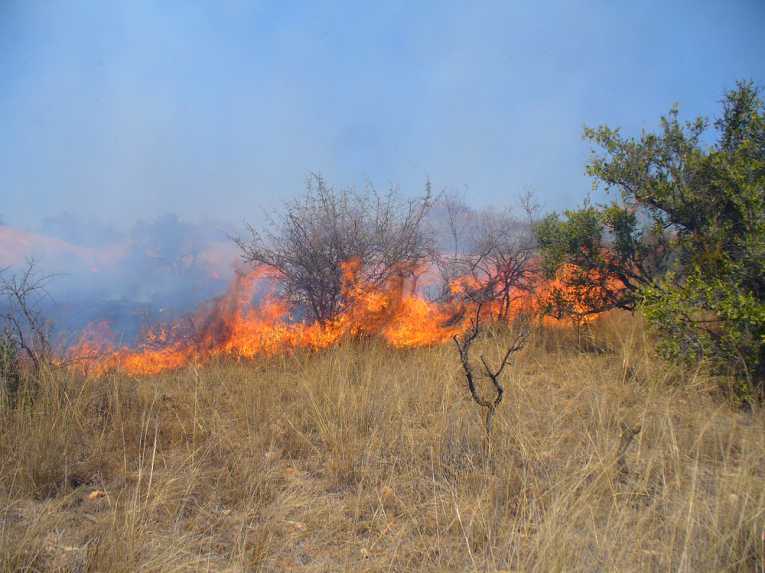The natural world is constantly in a flux with delicate states of equilibrium disturbed by the smallest of changes. The ecosystems that exist on earth have been classified by the WWF and grouped into 14 types that include everything from tropical rainforests to the arctic tundra. The boundaries between these ecosystems are not set in stone and so they have a level of interaction that can determine the stability, growth or shrinkage of each biome. As one recedes it is normal for another to take its place.
Researchers from Princeton University have been studying this phenomenon between savannahs and forests, and have identified some factors in the variation of ecosystem development.
The importance of each type of ecosystem cannot be overstated. In addition to the species of animals and plants that rely on a particular ecosystem for survival, each biome has a role in the general natural health of the world. The carbon that forests store from the atmosphere is part of a process that limits the effects of climatic change and the savannahs are an essential terrain type for agricultural use.
The researchers found that savannah wildfires play an important role. In areas with regular fires they saw that savannahs tended to dominate, with forests unable to get a foothold. Where they were infrequent, the forests could extend and establish thick growth that would inhibit further fires.

The mutual stability of savannahs and forests is most at risk in tropical Africa and South America, the researchers report. The map illustrates areas that are dry and dominated by savanna (light orange); support both biomes but are primarily savanna (orange); support both habitats but are primarily forest (light green); and high-rainfall regions that are heavily forested (dark green). (Image Credit: Science/AAAS)
An explanation as to why this information is useful relates to the possibility of habitat destruction. Species that rely on one ecosystem are unlikely to survive life in another, and this can also have a direct effect on the people who rely on those areas for their food or livelihood. It is also worth noting that humans play a part in this process. Human activity, such as construction, can interfere with the spread of fire and lead to a situation that favours forest growth. On the other hand, climate change can lead to unexpected periods of low rainfall and this would promote the expansion of savannahs.
The conclusions from this study may result in an improved ability to predict deforestation in areas that border grassland and therefore help to identify at-risk areas for conservation efforts. It is hoped that this will allow us to avoid any dramatic environmental changes that could have significant repercussions for us all.










